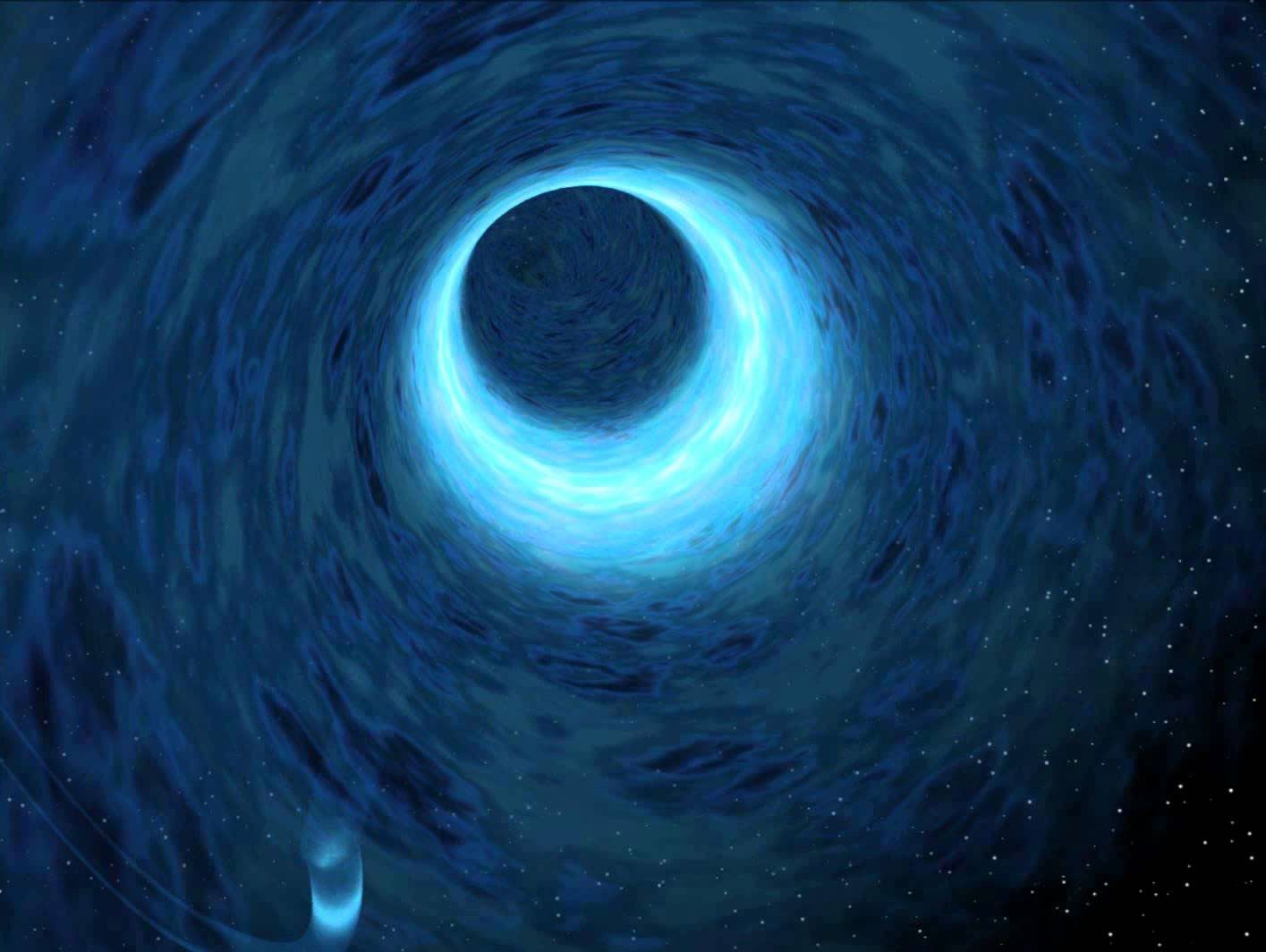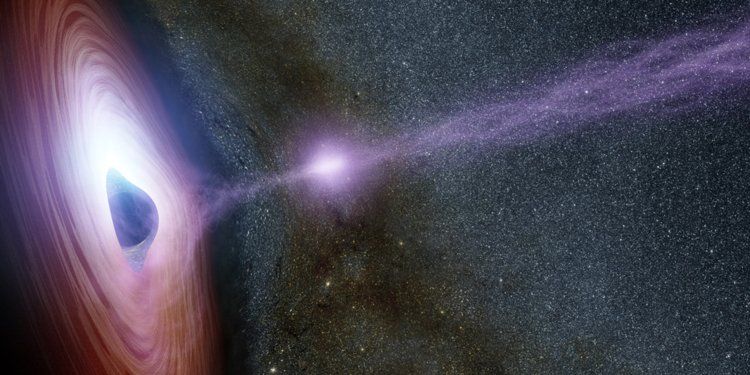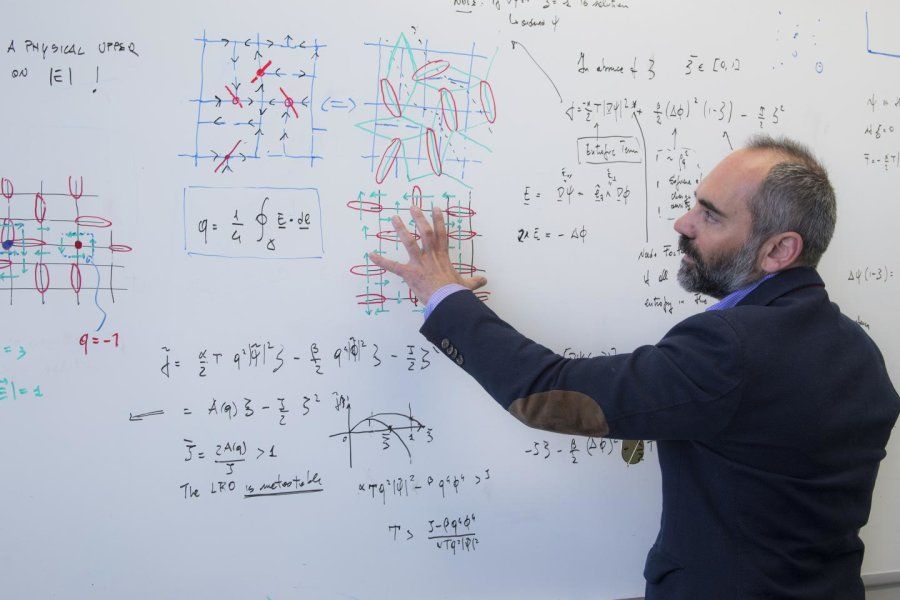In the summer of 1935, the physicists Albert Einstein and Erwin Schrödinger engaged in a rich, multifaceted and sometimes fretful correspondence about the implications of the new theory of quantum mechanics. The focus of their worry was what Schrödinger later dubbed entanglement: the inability to describe two quantum systems or particles independently, after they have interacted.
Until his death, Einstein remained convinced that entanglement showed how quantum mechanics was incomplete. Schrödinger thought that entanglement was the defining feature of the new physics, but this didn’t mean that he accepted it lightly. “I know of course how the hocus pocus works mathematically,” he wrote to Einstein on July 13, 1935. “But I do not like such a theory.” Schrödinger’s famous cat, suspended between life and death, first appeared in these letters, a byproduct of the struggle to articulate what bothered the pair.
The problem is that entanglement violates how the world ought to work. Information can’t travel faster than the speed of light, for one. But in a 1935 paper, Einstein and his co-authors showed how entanglement leads to what’s now called quantum nonlocality, the eerie link that appears to exist between entangled particles. If two quantum systems meet and then separate, even across a distance of thousands of lightyears, it becomes impossible to measure the features of one system (such as its position, momentum and polarity) without instantly steering the other into a corresponding state.









